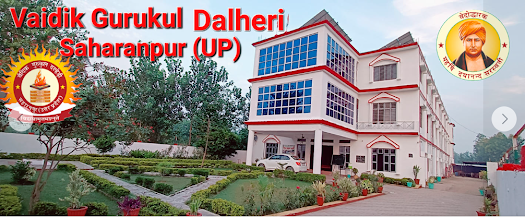Types of Computer | Cloud Computing| Servers | Desktop
- Get link
- X
- Other Apps
TYPES OF COMPUTER
Computers can be categorized based on their work and functionality into several types:
Personal Computers (PCs):
- Desktops: Stationary computers designed for regular use at a single location.
- Laptops: Portable computers that combine the components of a desktop in a compact form.
- Tablets: Touchscreen devices that are highly portable and often used for casual computing.
Workstations:
- High-performance computers designed for technical or scientific applications, offering more power and resources than a standard PC.
Servers:
- Computers that provide data, resources, or services to other computers over a network. They can handle multiple requests and support various applications.
Mainframes:
- Large, powerful machines used primarily by large organizations for bulk data processing and critical applications, known for their reliability and processing power.
Supercomputers:
- Extremely powerful systems designed for complex calculations, simulations, and data processing, typically used in research and scientific fields.
Embedded Systems:
- Computers integrated into other devices, performing dedicated functions (e.g., in appliances, vehicles, or medical equipment).
Microcontrollers:
- Compact integrated circuits designed to govern a specific operation in an embedded system, commonly found in consumer electronics.
Cloud Computers:
- Systems that provide computing resources and services over the internet, allowing users to access and store data remotely.
PARTS OF COMPUTER
1. Central Processing Unit (CPU)
- Function: The brain of the computer that performs calculations and executes instructions.
2. Motherboard
- Function: The main circuit board that connects all components of the computer, allowing them to communicate.
3. Memory (RAM)
- Function: Temporary storage that holds data and instructions currently in use, allowing for quick access by the CPU.
4. Storage (HDD/SSD)
- Function: Long-term storage for operating systems, applications, and files. HDDs are mechanical, while SSDs are faster and more reliable.
5. Power Supply Unit (PSU)
- Function: Converts electricity from an outlet into usable power for the computer's components.
6. Graphics Processing Unit (GPU)
- Function: Handles rendering images, video, and animations, especially in gaming and graphic design applications.
7. Input Devices
- Function: Allow users to interact with the computer (e.g., keyboard, mouse, touchscreen).
8. Output Devices
- Function: Display or produce results from the computer's processes (e.g., monitor, printer, speakers).
9. Cooling System
- Function: Maintains optimal temperatures for components, preventing overheating (e.g., fans, liquid cooling).
10. Network Interface Card (NIC)
- Function: Enables the computer to connect to a network, allowing for internet and local network access.
- Get link
- X
- Other Apps




Comments
Post a Comment